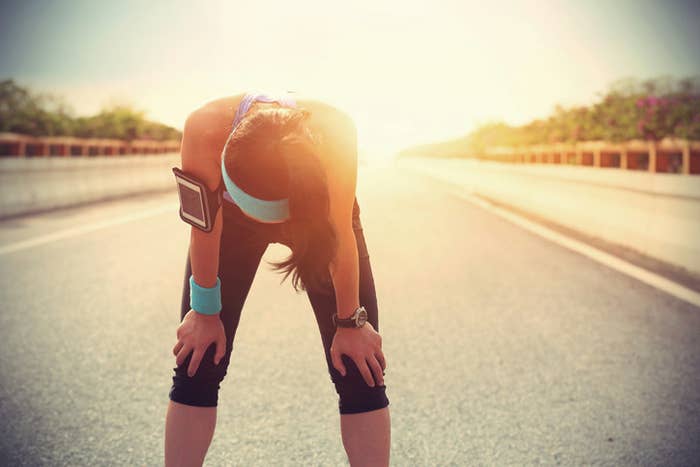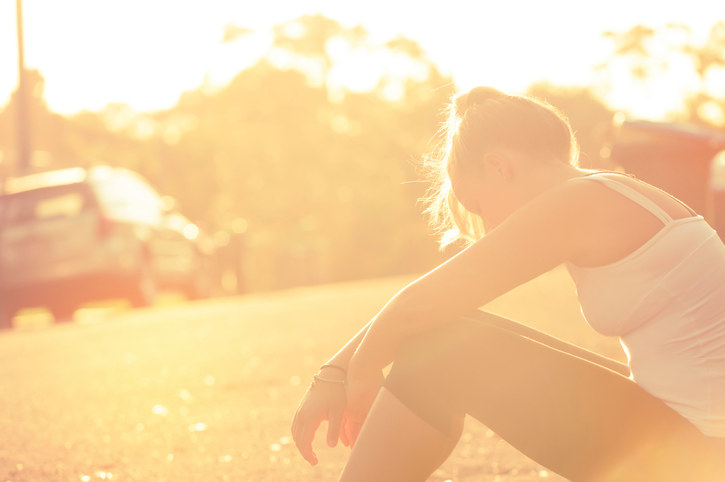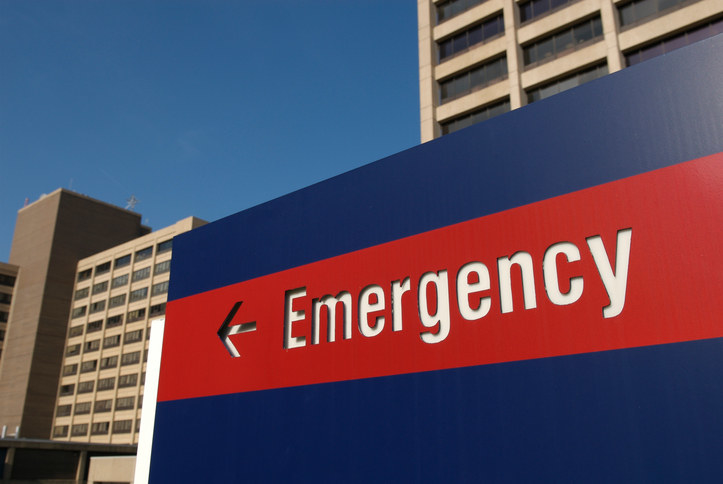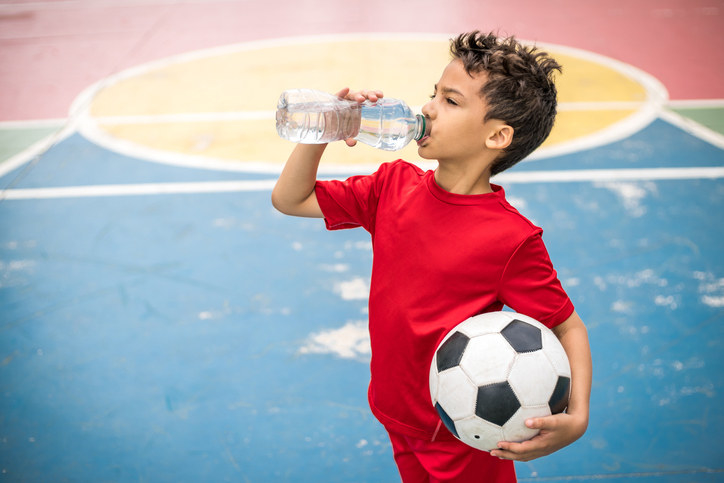When temperatures are sweltering, it's important to keep your body cool and watch out for heat-related illnesses.
Generally, the human body is pretty good at cooling itself down. There are thermoregulation mechanisms, like sweating, that help keep your internal body temperature stable, even when it's hot outside. But when the heat gets too intense, you overexert yourself, or you have trouble regulating your temperature due to age or a health condition, the body might struggle to keep up, and this can lead to heat-related illnesses.
Heat exhaustion occurs when the body overheats and has trouble cooling itself down. It's often caused by prolonged exposure to hot temperatures with high humidity, often in combination with strenuous physical activity. It can happen to anyone under the right conditions.
If left untreated, heat exhaustion can progress into heatstroke, the most severe type of heat-related illness, which can lead to organ failure or death. However, both heat exhaustion and heatstroke share many of the same symptoms. So it's important to know the difference and when to seek emergency medical attention.
The symptoms of heat exhaustion include fatigue, excessive sweating, clammy skin, and dizziness. It can happen suddenly or take a few days.

Heat exhaustion can range from mild to severe. Other symptoms may include muscle cramps, nausea, a weak pulse, low blood pressure, feeling faint, or having dark-colored urine, according to Dr. Reed Caldwell, an emergency medicine physician at NYU Langone Health in New York.
People develop heat exhaustion when they spend long periods of time in a hot environment, usually working or exercising, without adequate hydration. It's more common in the summer and often seen among athletes, people who work outside, kids doing outdoor activities, beachgoers, and music festival attendees.
One major risk factor for heat exhaustion (and heatstroke) is drinking alcohol or using drugs. "People might be having a great time outside in the sun, but because of what they're consuming they don't have as much body awareness as someone who is sober," Caldwell told BuzzFeed News. While inebriated, people may forget to drink enough liquids and ignore the body's warning signs.
Heat exhaustion can happen very quickly or take some time to set in. Someone who goes on a midday run during a heat wave might develop symptoms right away, but it could take days for it to show up in a person who is stuck in a hot apartment without air conditioning.
Heatstroke is a medical emergency. The typical signs are a severe headache, confusion, dry skin, and a rapid heart rate.

Heat exhaustion can turn into heatstroke, which is a severe and life-threatening condition. "The things to look for are a severe headache, high body temperature [over 103 degrees Fahrenheit], confusion, nausea or vomiting, and dry skin or the inability to sweat," said Caldwell. Children may have the same symptoms but also seem excessively sleepy and refuse to drink or eat anything.
Some people may still be sweating, but hot, dry skin is a usually reliable indicator of heatstroke. Why? "You're in a situation where you should be sweating but your skin is dry, which means your body is so hot it has lost the ability to cool itself," said Caldwell. If left untreated, heatstroke can lead to seizures, brain damage, muscle breakdown (rhabdomyolysis), organ failure, or death.
Anyone can develop heatstroke, but some groups have a higher risk. These include infants and young children, the elderly, and people with chronic health conditions, such as lung or kidney disorders. "Another risk factor is poverty. If people live in a space that is not adequately ventilated, don’t have the ability to move to a cool environment, they can get very hot and may not realize it," Caldwell says. People who have to work in hot conditions or wear heavy protective gear are also vulnerable.
If you have heat exhaustion, move to a cool place and try to hydrate — if it's heatstroke, call 911 immediately.

Heat exhaustion is treatable. You should remove any excess layers of clothing and move to a cool, shady place, or a building with air conditioning and stay there to prevent your body temperature from rising, said Caldwell. You can also take a cold bath or shower to help your body cool down faster. Try to hydrate with water or electrolyte drinks and monitor your symptoms for the next few hours. If you have concerns or questions, consult a health care provider.
When you or someone else develops heatstroke, do not hesitate to call 911. "If someone reaches that point, that's not something you can treat at home — they need medical attention," said Caldwell. However, a person should be moved into a cool place until medical assistance arrives. A person with heatstroke will receive IV hydration, treatment for any complications, and may be monitored in the hospital for a day or two.
You can reduce your risk of developing a heat-related illness by staying hydrated and taking breaks in the AC, if you can.

It's also a good idea to keep an eye out for others and check in on family, friends, and neighbors who may be at risk.
"We have to take care of each other when we’re out having fun in the summer or working in the heat, with a special eye on kids, the elderly, and people with a lot of medical problems," said Caldwell.
